Suakin Island Ruins
Remains of an abandoned coral city.
For 3000 years, the port on the island of Suakin was strategically crucial to powerful empires. Located on the Red Sea in Northern Sudan, the former port of Suakin is now a crumbled relic of the wealth that passed through its coral walls from around the world.
Ramses III initially developed the port of Suakin during the 10th century B.C.E. At the time, Suakin offered an outlet to the Red Sea for trade and exploration. 1000 years later, as Islam gained followers and spread from the Hijaz region of modern day Saudi Arabia, the port took on new importance and became an outlet for Africans on pilgrimage to Mecca.
While Suakin constantly evolved, it remained prosperous throughout its existence, bringing great riches to the shores of Sudan. Local legend tells of a king who operated out of the old city and had 360 wives and lavish quarters in the old city. Stemming from its great wealth, Suakin developed into a rich, gated island port. Every building was made out of stunning coral and the walls were decorated in detailed wood and stone coverings. Suakin was the height of medieval luxury on the Red Sea.
During the 19th century, Suakin evolved for the last time, becoming a hub for the slave trade from Eastern Africa. As the slave trade diminished, the port became increasingly unnecessary. By the 1920s, Suakin was falling into complete disrepair. Shallow waters and rough coral had pushed most trade North to Port Sudan and the coral buildings that were once the crown jewel of the port were not maintained and disintegrating.
Only ruins of the once great coral city still exist and are carefully guarded as part of the tourism industry. Besides being a tourist destination, the port still serves ferries to the Saudi coast and provides access between the continents for thousands of pilgrims completing the Haj every year.
Know Before You Go
Accessible by mini-bus from the modern port






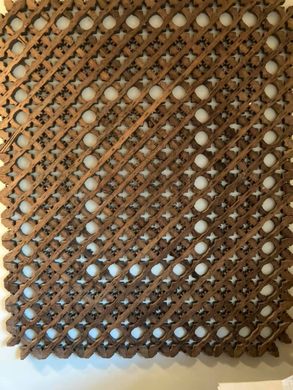
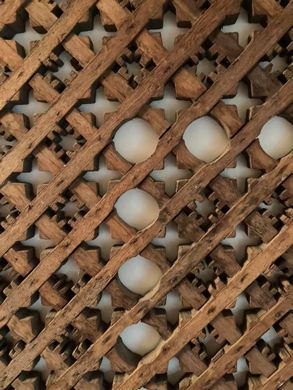
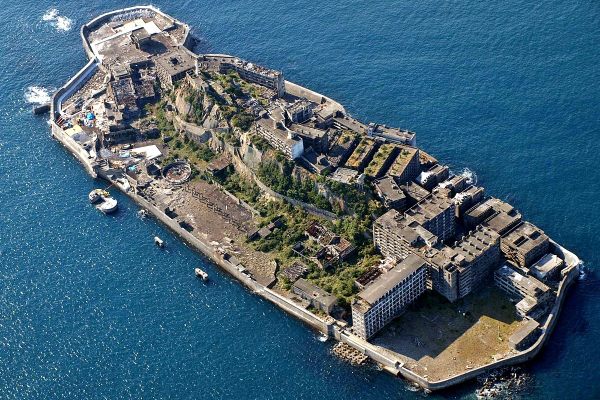









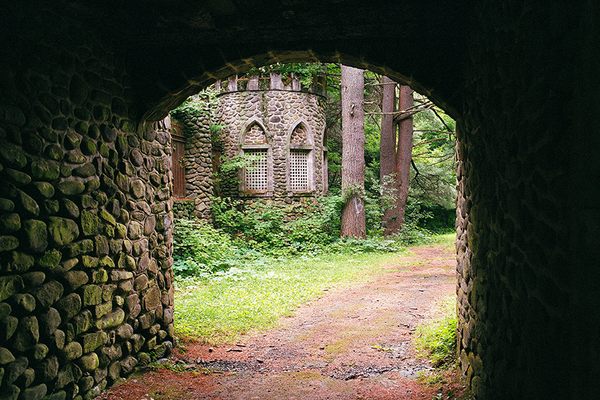
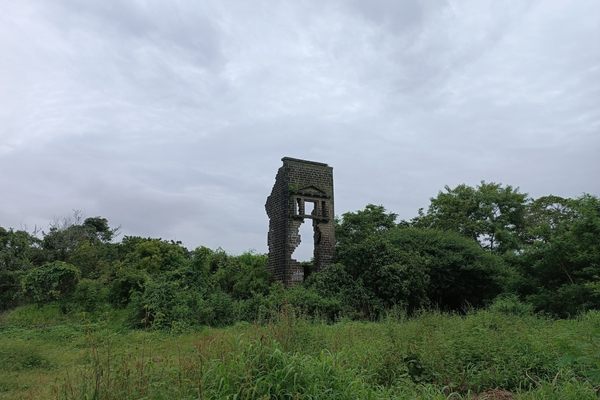

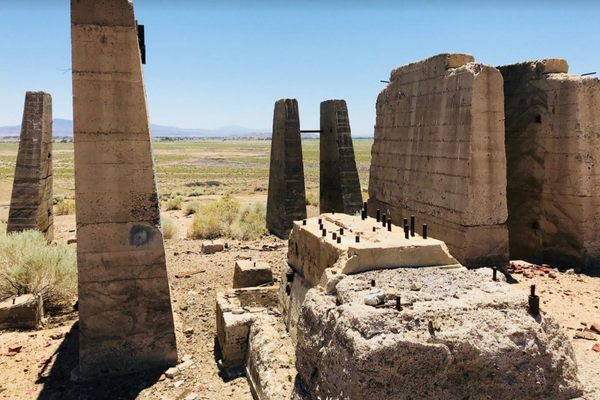

Follow us on Twitter to get the latest on the world's hidden wonders.
Like us on Facebook to get the latest on the world's hidden wonders.
Follow us on Twitter Like us on Facebook